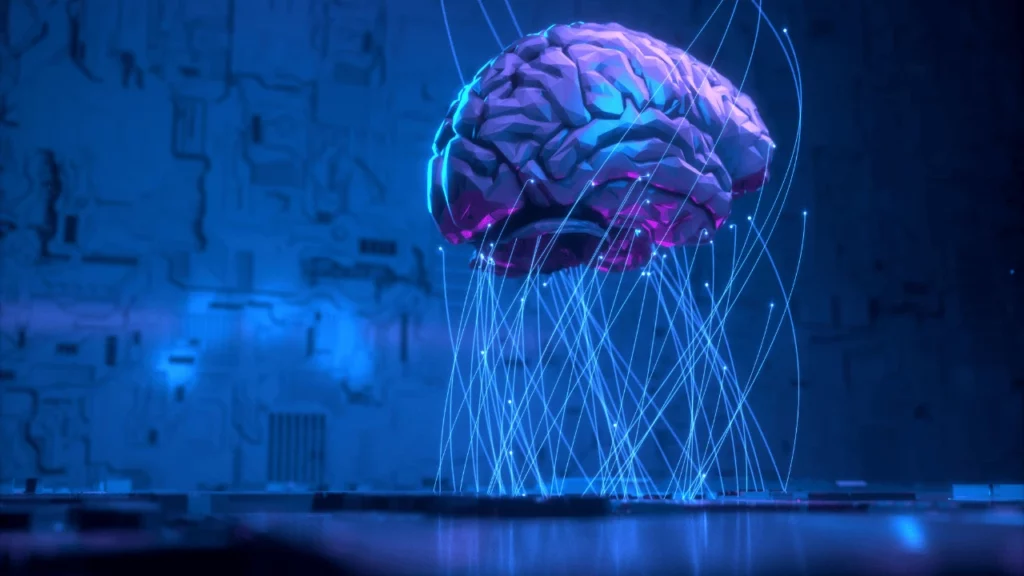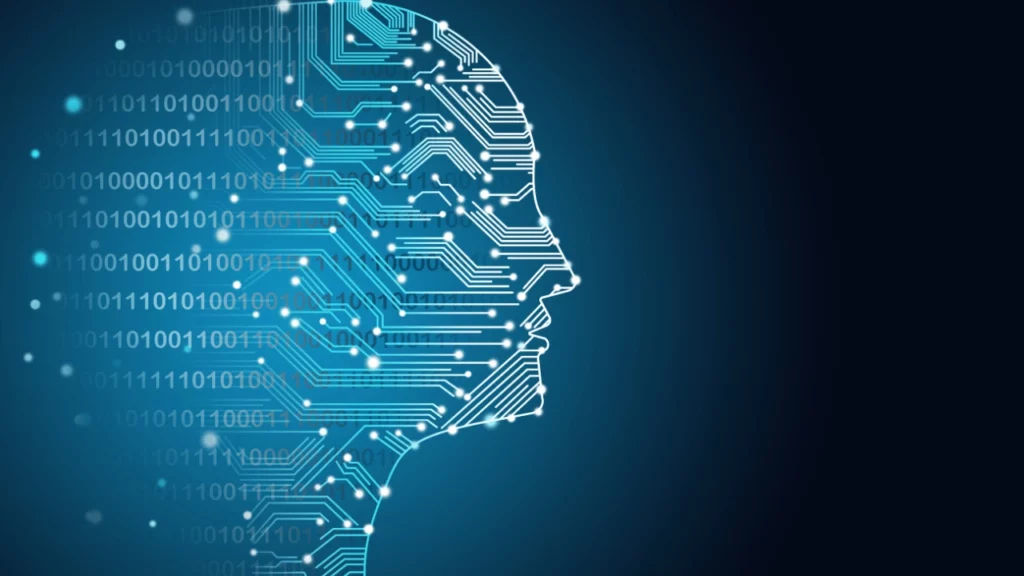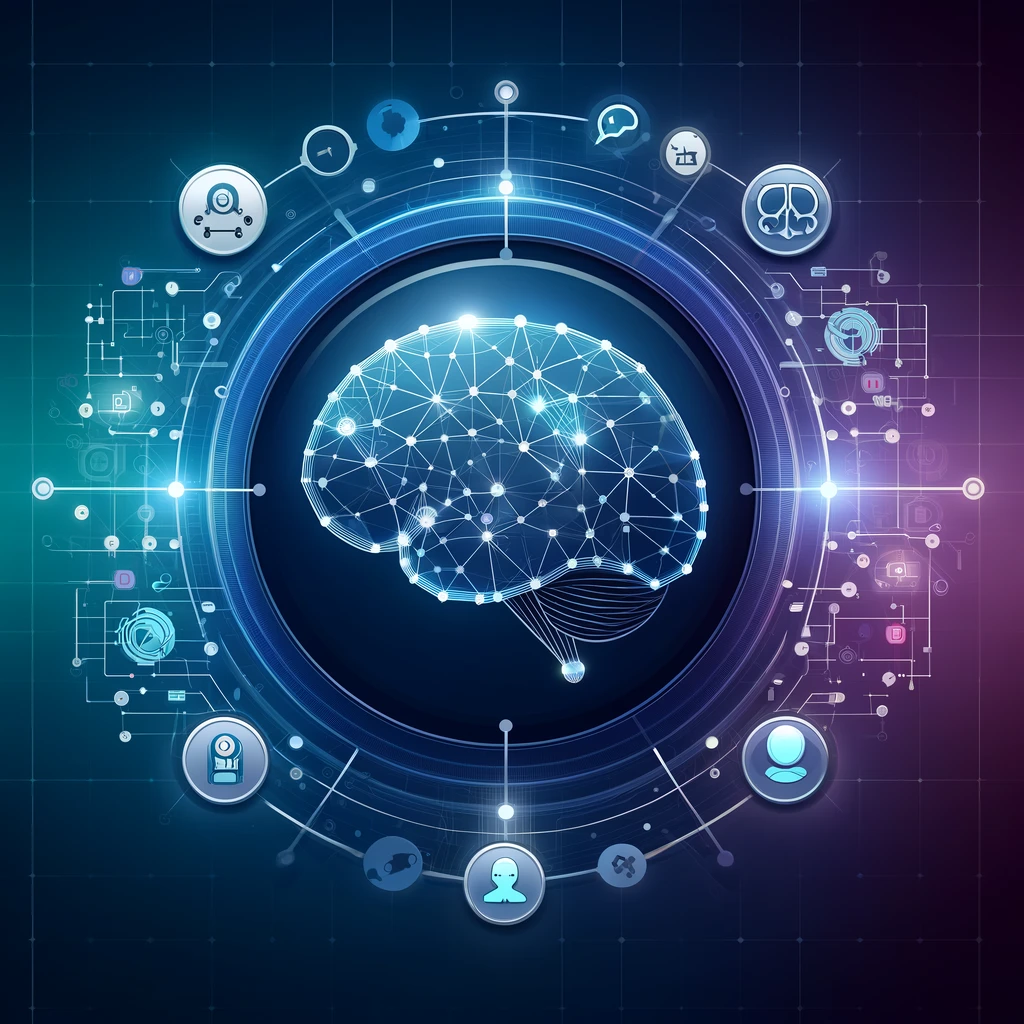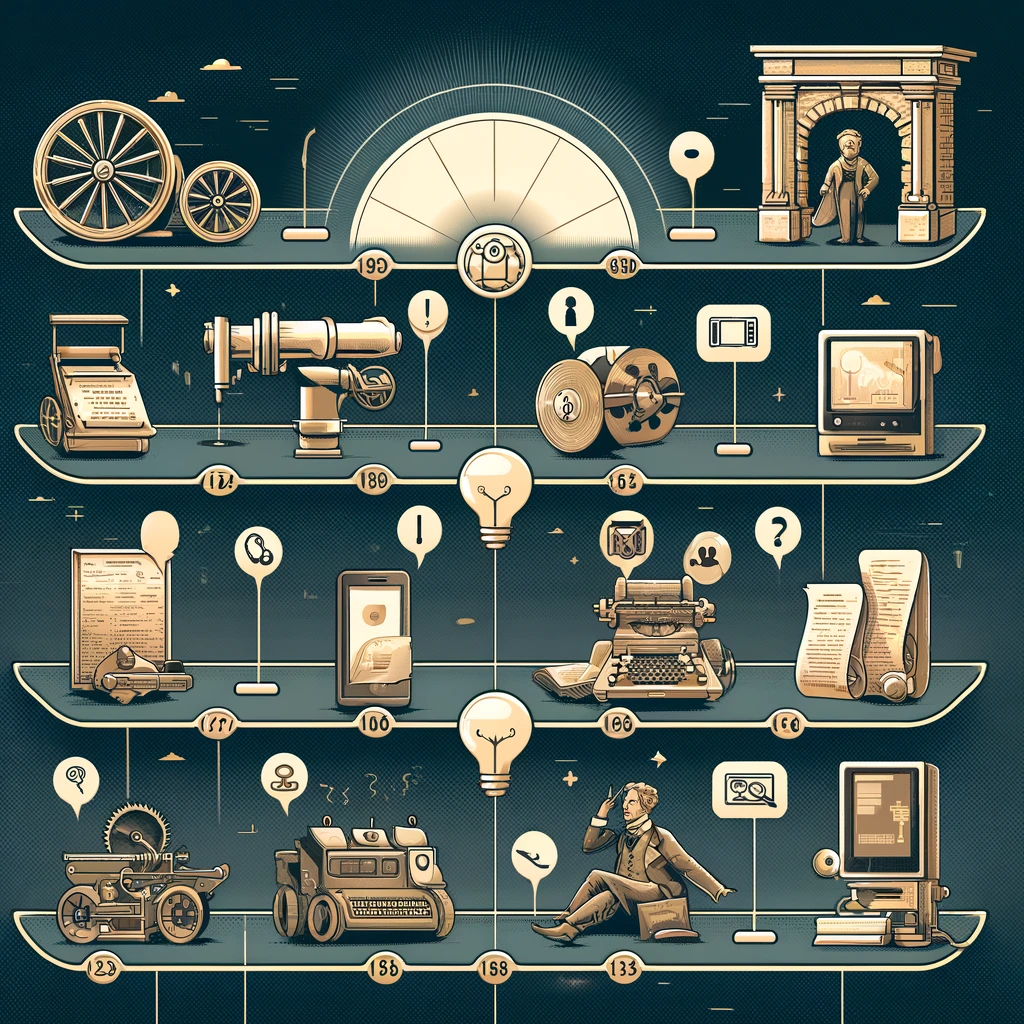In an era of global communication and growing interaction between different cultures and languages, machine translation using artificial intelligence has become a vital tool to enable communication and knowledge sharing between individuals and communities. This field is interesting due to the rapid advancement and continuous development of AI technologies, opening up new horizons for interpretation and accuracy across different languages. In this article, we will find out together how AI machine translation technologies work, and how these developments affect translation and communication processes in our modern era.

What are AI machine translation techniques?
How do machine translation techniques work?
Advantages of using machine translation
The most important AI machine translation tools.
Can AI replace human translators?
What are AI machine translation techniques?
AI translation techniques are a set of methods that use AI to automatically translate text from one language to another without human interference. These technologies aim to achieve accurate and fast translation between different languages while providing the highest possible quality, and exploiting the capabilities of artificial intelligence to manufacture a human-like translator who can understand the context and determine the appropriate translation of words through it. And all in seconds.
How do machine techniques work?
This AI translation transforms text from language to language using deep learning techniques and neural networks. These techniques analyze linguistic data and understand the context to produce accurate and understandable translations. Rather than dividing the text into single words, it is addressed as a whole, helping better understand the intent and meaning. Neural machine translation also relies on large sets of data and advanced techniques such as self-attention. So, It improves translation accuracy and focuses on important parts of the text. Thus, thanks to these developments, automated translation can expect the following words and produce accurate and useful translations in short time, making it a valuable tool in global communication and knowledge sharing.
You may also like: Top 5 AI apps that changed the world.
Types of automated translation.
The automated translation types vary depending on the approach used to obtain the translation from the original text, and thus are divided into:
Rule-based translation (RBMT)
It is a traditional method of AI translation based on predetermined language rules for translating text from one language to another. The basic text is analyzed and the grammar is applied to this text to create a corresponding sentence in the new language. Words for the basic text are then replaced by words equivalent to the target language. A full translator’s text is then produced.
Neural Translation (NMT)
Due to numerous developments in deep learning techniques and neural networks, it is the most common type of machine translation in today’s era. This technology relies on deep learning to build neural networks with the ability to improve translations based on experience. Thus, neural machine translation can be considered as a computer system inspired by the structure of the human brain. This type of translation is flexible and fast.
Customized Translation (MT)
It is an advanced model of machine translation. It uses customized translation models as needed. These models are built using bilingual data (a set of texts containing the same content in two different languages, they are used to train machine translation models) specific to each field. This contributes to improving the accuracy and effectiveness of the machine translation process.
Statistical Translation (SMT)
It is a machine translation type that relies on bilingual data to predict better translation. This approach depends on data collection, and then processing it. After that there is a model’s training phase, and finally the translation process. This translation is characterized by acceptable accuracy, accompanied by fast performance and low cost.
Hybrid Translation (HMT)
It is an approach to this type of translation, combining statistical machine translation techniques (SMT) and neural machine translation (NMT). It combines the two technologies’ strengths for highly accurate translation while maintaining translation flexibility by the context.

Usage Advantages
Although it is a complex process that requires a long time and high cost for model training. However, it has high-value usage features for the user. which can be summarized as follows:
Enhancing productivity
This type of translation can enhance productivity in the workplace, study, or even personal use. This is because of its speed, and the high resolution, saving effort and time in human translation. This provides effort and enhances productivity.
Self-learning
Most approaches to this type of translation depend on self-learning processes from past experiences. This makes the machine a human can learn and improve production over time. All of this is thanks to the so-called unsupervised learning, a form of machine learning that involves processing input data and outcomes with a view to learning and predicting outcomes.
Cost Reduction
This type of translation reduces human efforts, and because it also promotes production, it is a great way to reduce human costs by hiring specialized personnel in this field. In addition, machine translation. Because of the multiple languages it can translate, it can replace several staff members corresponding to the number of languages it can handle. While a human interpreter may only be able to deal with one or two languages.
Remove language barriers and improve access
All persons can use machine translation and its applications, including persons with disabilities like blind persons. Thus, anyone can use machine translation through its free or paid applications.
The most important AI translation tools.
Here’s a list of the most important tools that use artificial intelligence in the translation process:
DeepL
It is a translation software, characterized by the fact that its translations are very accurate and natural. The software supports 30 languages including Arabic, French, English, German, and others. It also allows for interpretation and translation through audio. It is available as an application, desktop software, or browser extension.
you can access the DeepL here: click here.
Google Translate
It is a free Google AI translation service. More than 135 languages are supported. It is easy to use and free. It provides additional translation features such as interpretation, audio translation, and image translation.
you can access the Google Translate here: click here.
Microsoft Translator
It is Microsoft’s advanced multilingual automated translation service. This service supports more than 70 different languages. It is available as a web app, software for desktops, as a smartphone app, and as a platform on the browser. It is also an image translation and audio translation.
you can access the Microsoft Translator here: click here.
Amazon Translate
It is a cloud translation service by Amazon Web Services (AWS). Amazon Translate supports more than 250 different languages and enables very accurate translations. It is also easy to use. It provides translation of images and audio translation as well.
you can access the Amazon Translate here: click here.
Reverso
It is a free online translator that translates words, sentences, and even long paragraphs. It can also serve as a help platform for language education, and if you give a word, it will provide you with phrases that explain how the word is used in the context.
you can access the Reverso here: click here.
You may also like: How to benefit from AI in work, e-marketing, and education.
Can AI replace human translators?
Despite the superiority of AI in translation. His enormous ability to translate a large text within a few seconds. However, it will not replace the human interpreter shortly, owing to a range of challenges faced by AI translation techniques. The underlying reason is the difficulty in analyzing spoken language and dialects used through artificial intelligence. It is not enough for an AI interpreter to have the ability to know the word, it is necessary to be able to listen to the language and understand the place of the word and what it means by the same second in which the speaker speaks. In addition to identifying human feelings and interactions. Such as questioning the question, how to marvel, and so forth. All of the above requires a set of skills that are still absent in artificial intelligence.


